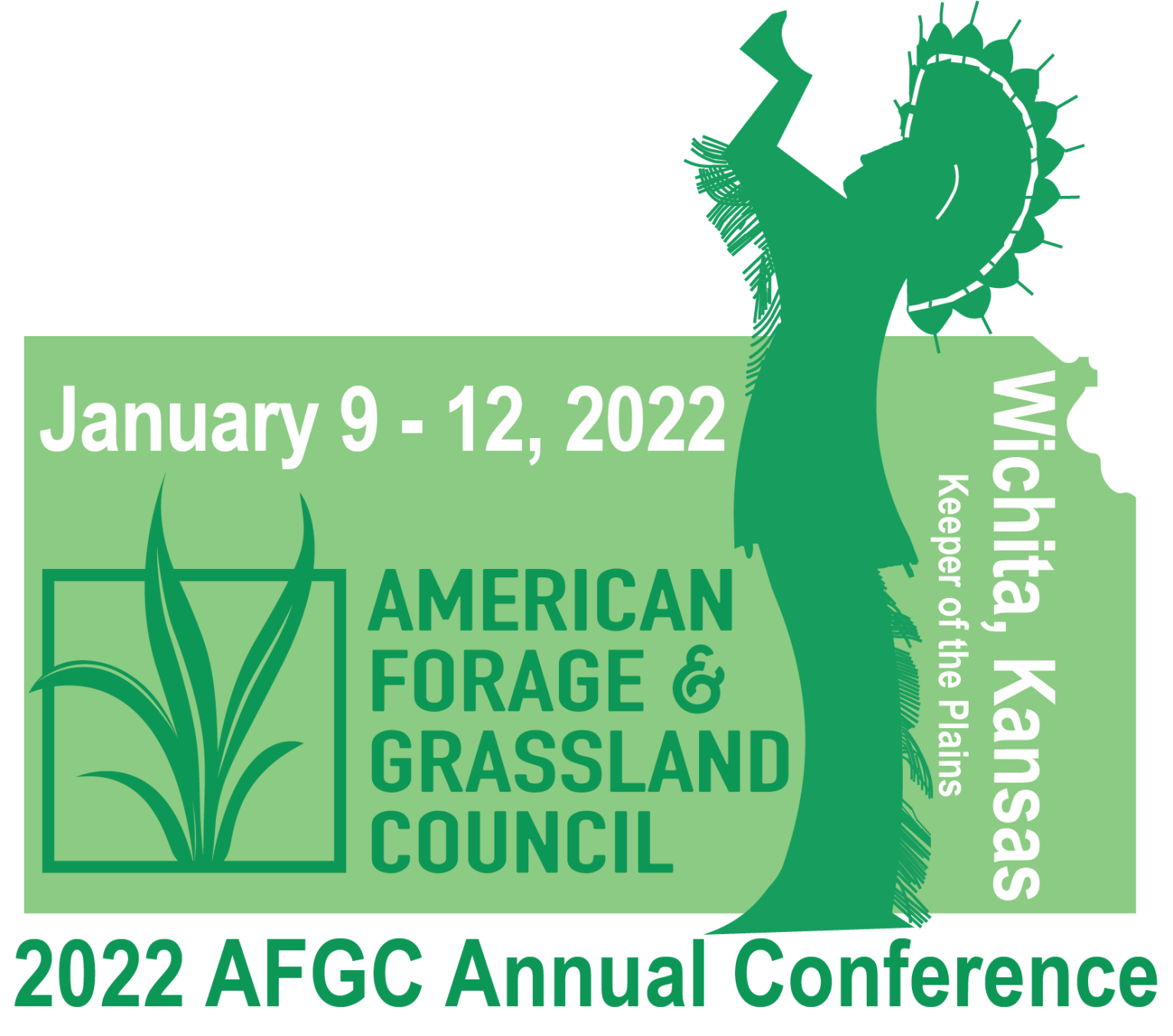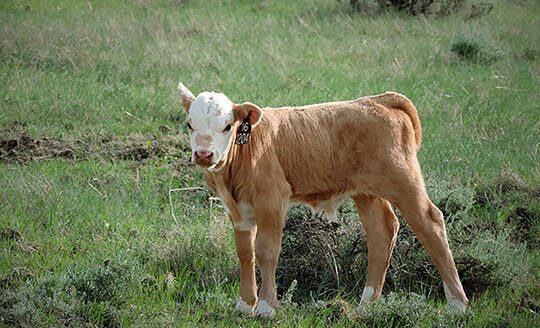Wichita, Kansas, will be hosting the American Forage and Grassland Council annual conference, Jan. 9 to 12, 2022. The meeting will be held at the downtown Hyatt Regency, with over 300 scientists, students, land managers, and industry leaders attending to hear presentations and to view the latest developments in technology advancing the field of forages in Kansas and throughout the U.S.
Of particular interest will be a workshop geared toward one of the most precious resources in Kansas. “Water is one of the main factors determining forage production, but in semi-arid to arid regions, like much of Kansas, it is also the most limiting factor,” said Mark Nelson, the executive director of the Kansas Forage and Grassland Council, “Producing high yielding and quality forages in this environment, with limited irrigation, can be a challenge, but Kansas State is showing it can be done.”
Forage Production in Water Limited Environments is the title of a 9:30 a.m. to 11 a.m. workshop sponsored by the Kansas Forage and Grassland Council on Jan. 10, 2022. The workshop features four speakers from Kansas State University Research and Extension Centers in western Kansas who are performing valuable forage research in the western Kansas environment. The speakers and their topics include:
-
John Holman – Annual forage rotations with limited water;
-
Augustine Obour – Cover crops as forages in the western Great Plains;
-
Freddie Lamm – Utilizing limited subsurface drip irrigation for alfalfa production; and
-
Keith Harmoney – Alfalfa quality in limited subsurface drip irrigation systems.
Pre-registration for the AFGC Annual Conference is available through links at the afgc.org website, or registration is also available at the door for walk-in participants.
Forages, or the bulk vegetation that animals graze upon in pastures and fields or feed upon as a form of hay or silage, are the class of agricultural crop that covers the most acres in most states, and therefore could be considered the most important crop in many states.
However, forages often don’t get the attention that other grain crops, such as corn, soybeans, sorghum, or wheat receive. The importance of forages stands out in the 2017 USDA Census of Agriculture. In 2017, a whopping 414.6 million acres in the US were classified as forage in pastureland and another 56.9 million acres in the US were harvested as forages in the form of hay or silage. The crops with the next highest land totals were soybeans and corn at 90.1 and 84.7 million acres, together much less than half the total acreage of forages. The AFGC will try to bring these forage crops to the forefront with their annual conference in Wichita.




